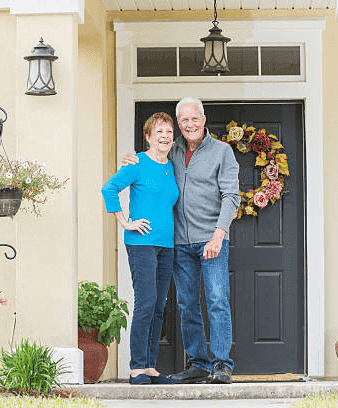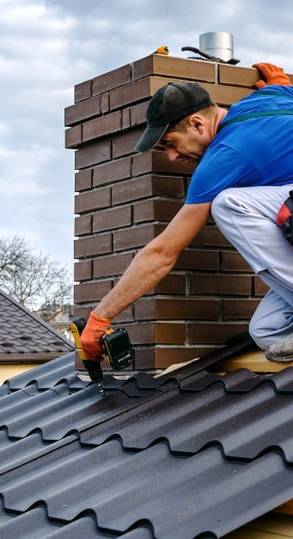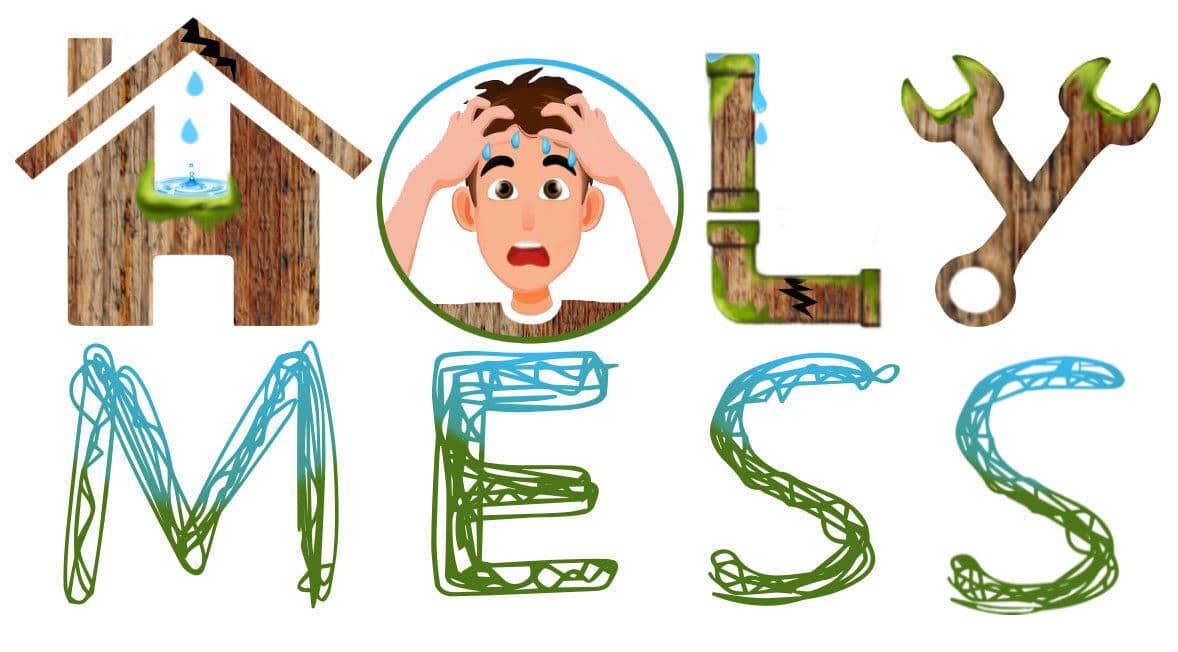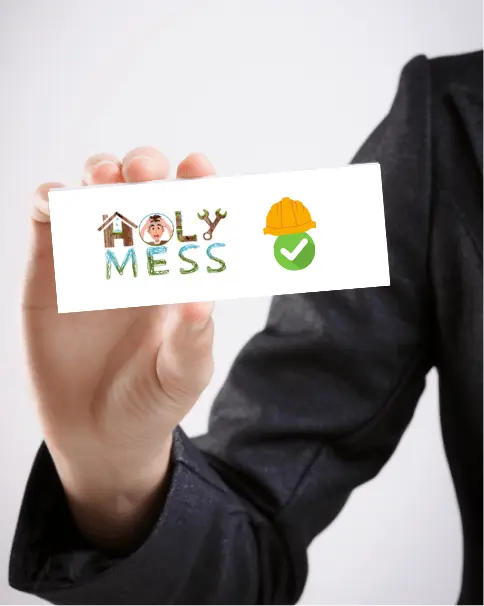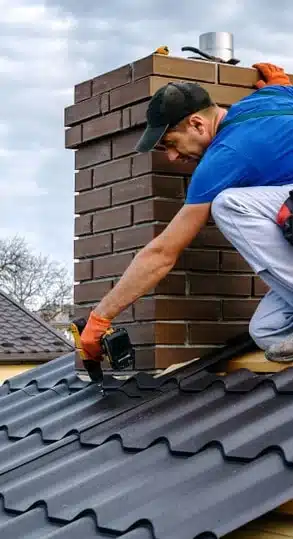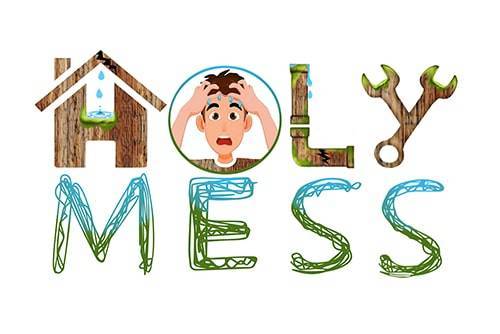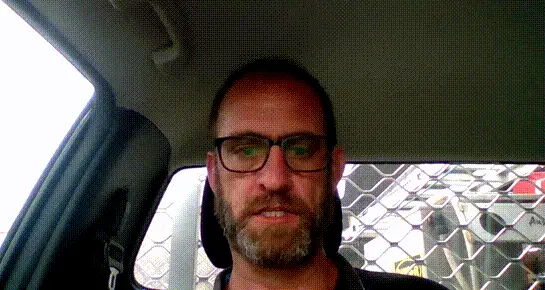Roof restoration involves a comprehensive process aimed at improving the condition, performance, and appearance of your roof. Unlike minor repairs, roof restoration typically addresses both cosmetic and functional aspects of the roof to extend its lifespan. Here’s what the process generally includes:
1. Initial Inspection
The first step in roof restoration is a thorough inspection. A professional roofing contractor will assess the roof’s overall condition, checking for damage such as cracks, leaks, broken tiles, or rust on metal roofs. This inspection helps to identify all areas that need attention.
2. Cleaning
The roof is then thoroughly cleaned to remove dirt, moss, algae, lichen, and other debris that may have accumulated over time. This is often done using high-pressure cleaning techniques. Cleaning is crucial because it helps to reveal hidden issues and prepares the surface for repairs or coatings.
3. Repairs
Once the roof is clean, any necessary repairs are made. This could include replacing broken or missing tiles, sealing leaks, fixing cracked flashing, or repairing damaged roof valleys. On metal roofs, this might involve replacing rusted sections and re-sealing joints. Proper repair is critical to ensuring the roof’s structural integrity.
4. Re-pointing and Re-bedding
For tiled roofs, this step involves re-pointing or re-bedding the ridge caps to ensure they are secure and well-sealed. Over time, the mortar holding these caps in place can crack or deteriorate, leading to water ingress. This step strengthens the roof’s water resistance and stability.
5. Application of Protective Coatings
After repairs, a protective coating is applied to the roof. For tiled roofs, this may involve a primer followed by a sealant or a specialized roof paint to enhance durability and improve the roof’s appearance. For metal roofs, a rust-resistant coating is typically applied, followed by a protective paint layer. These coatings help prevent further wear from the elements and can improve energy efficiency by reflecting heat.
6. Final Inspection
Once the restoration is complete, a final inspection ensures that everything is in top condition. This final check guarantees that all repairs have been done properly and that the roof is ready to provide long-term protection for your home.
